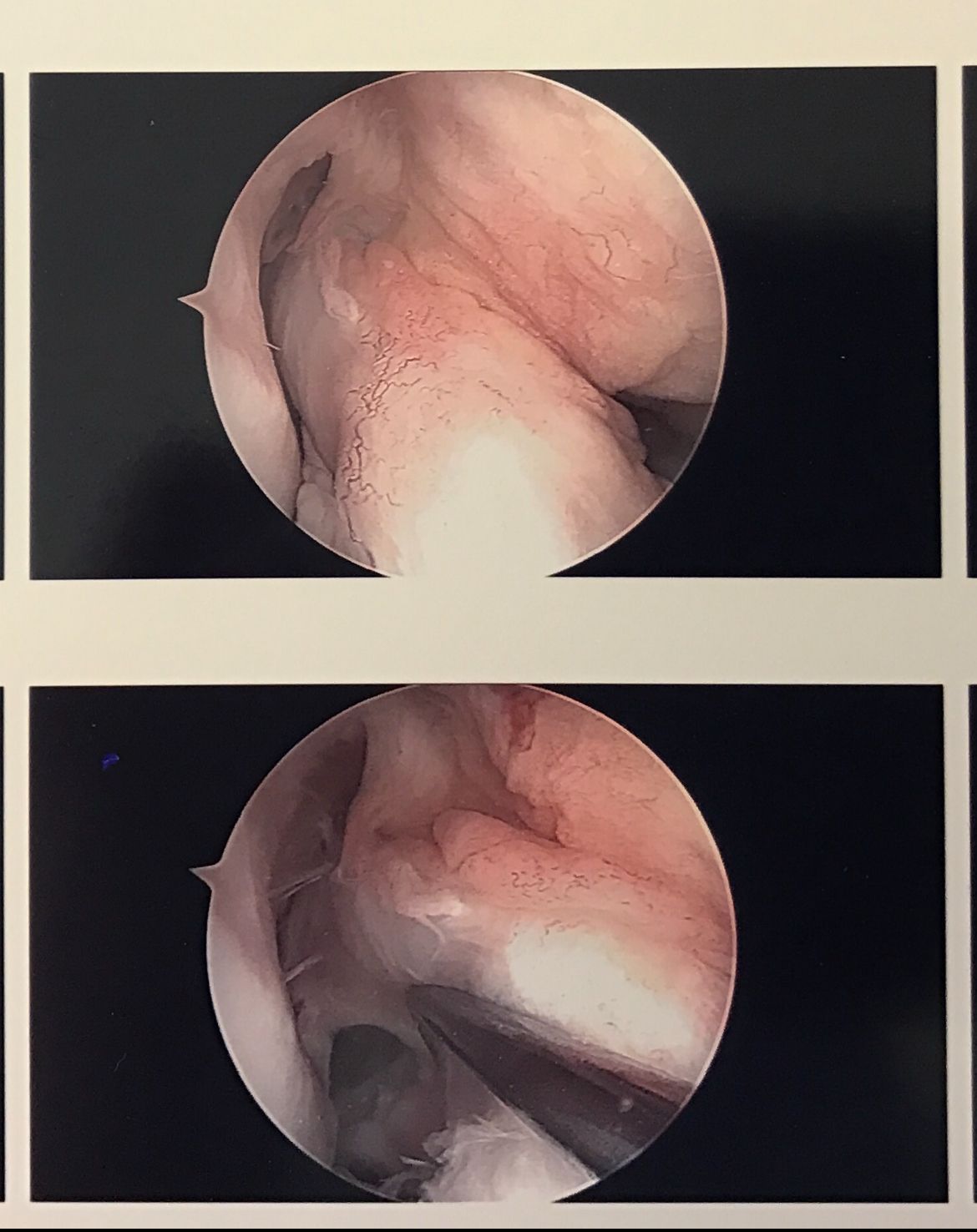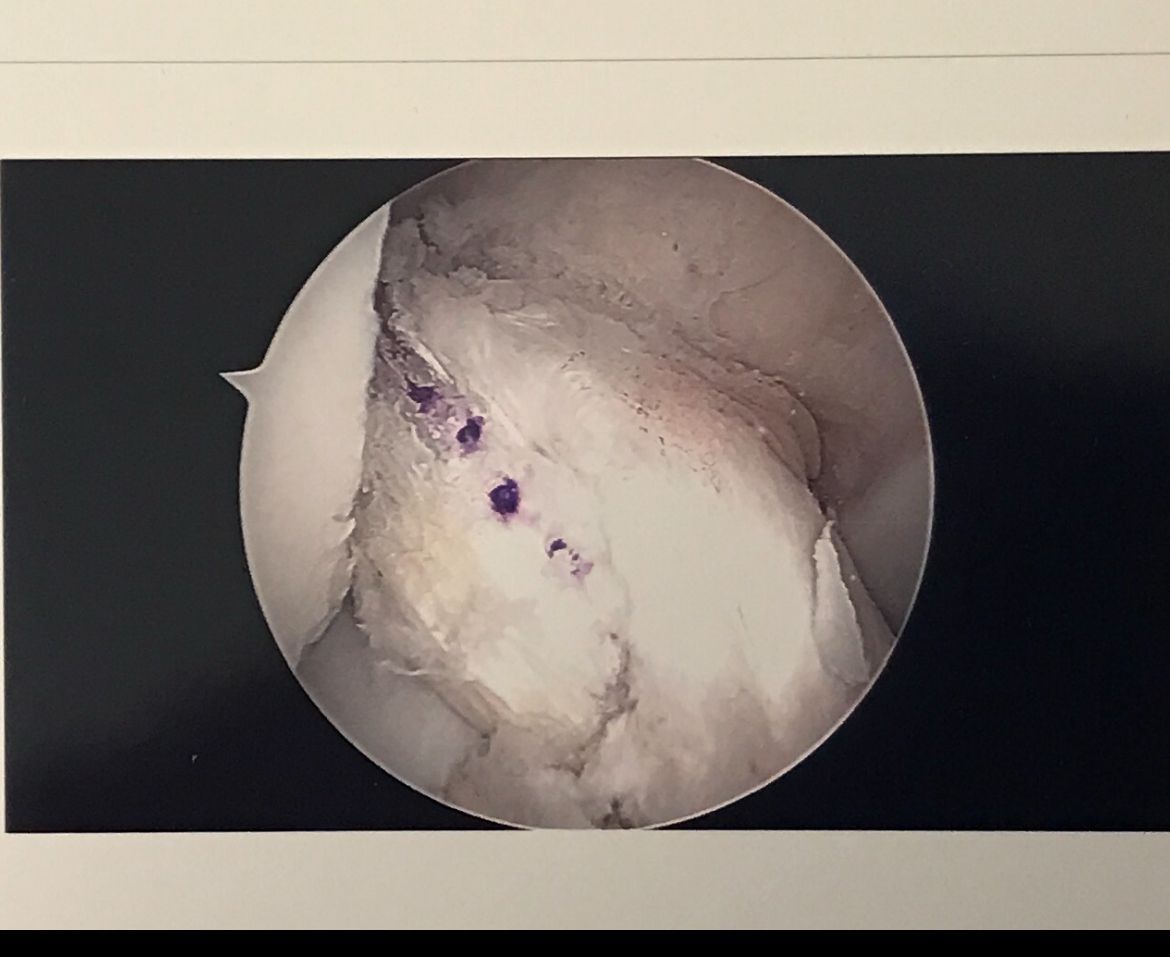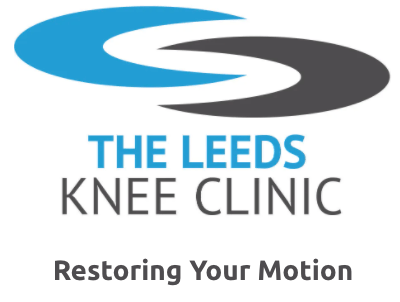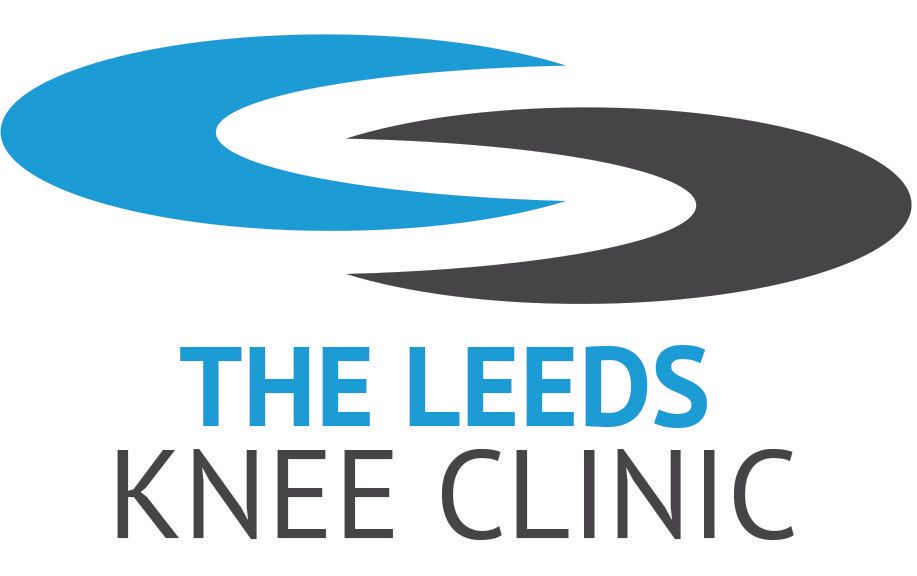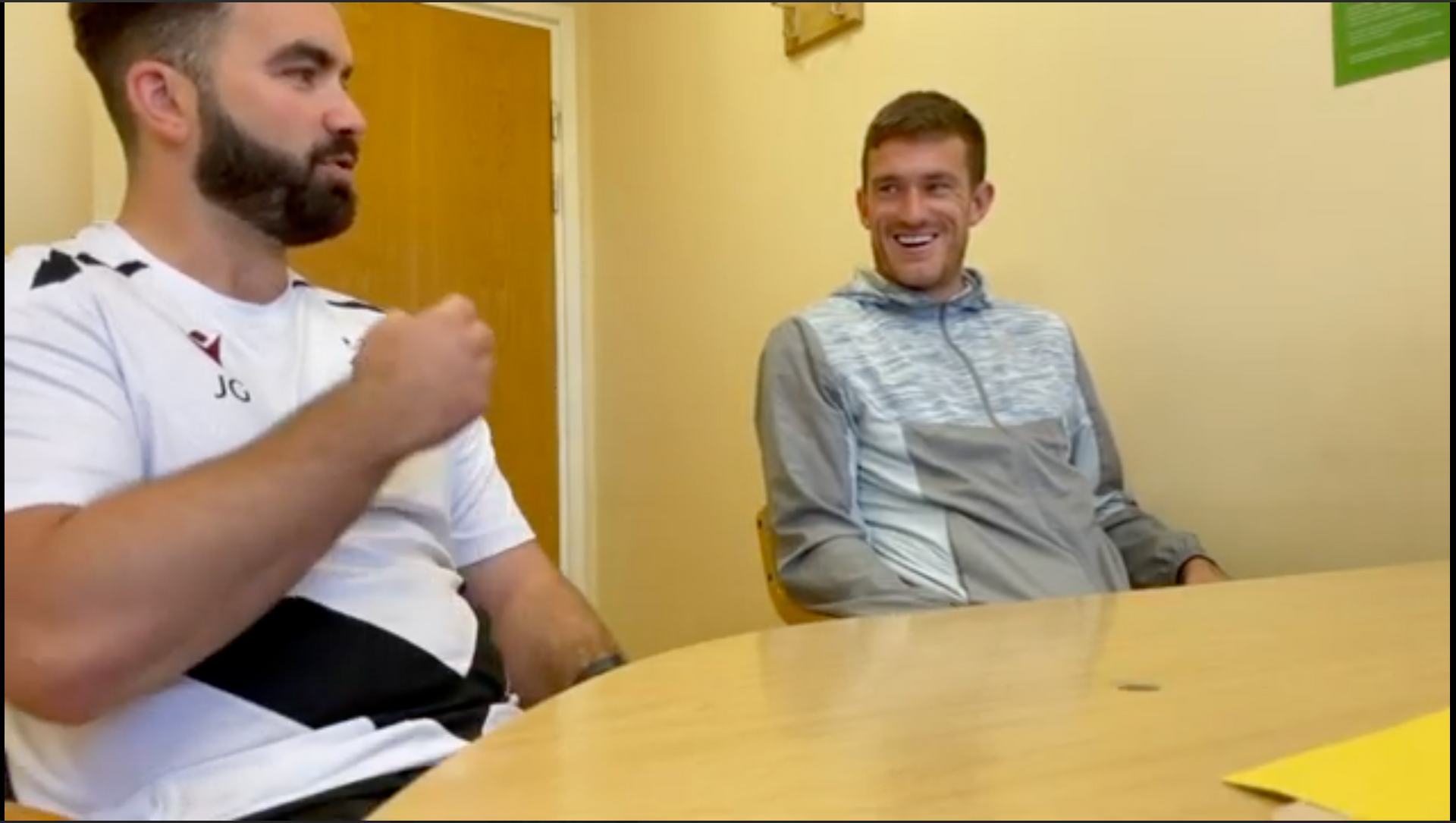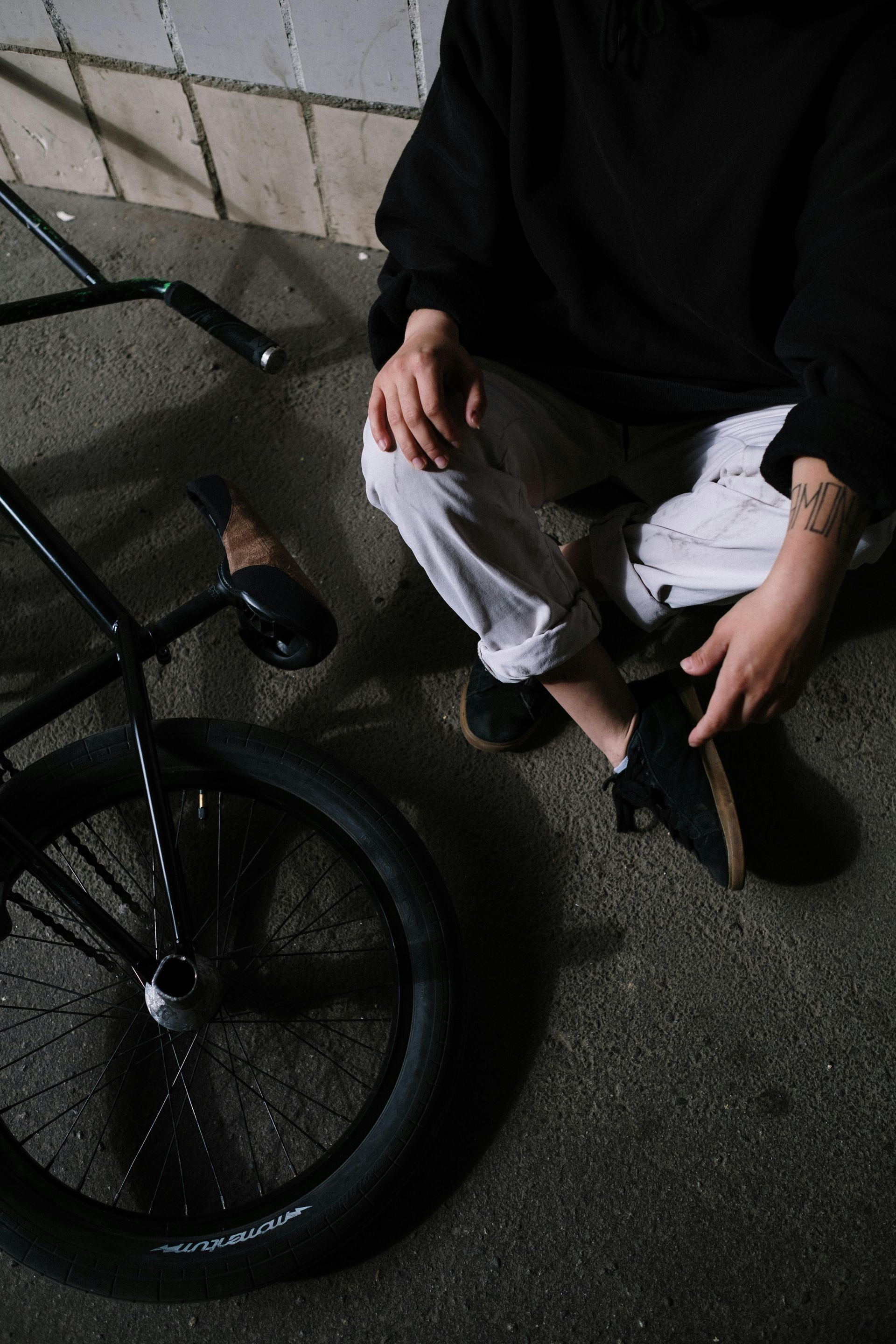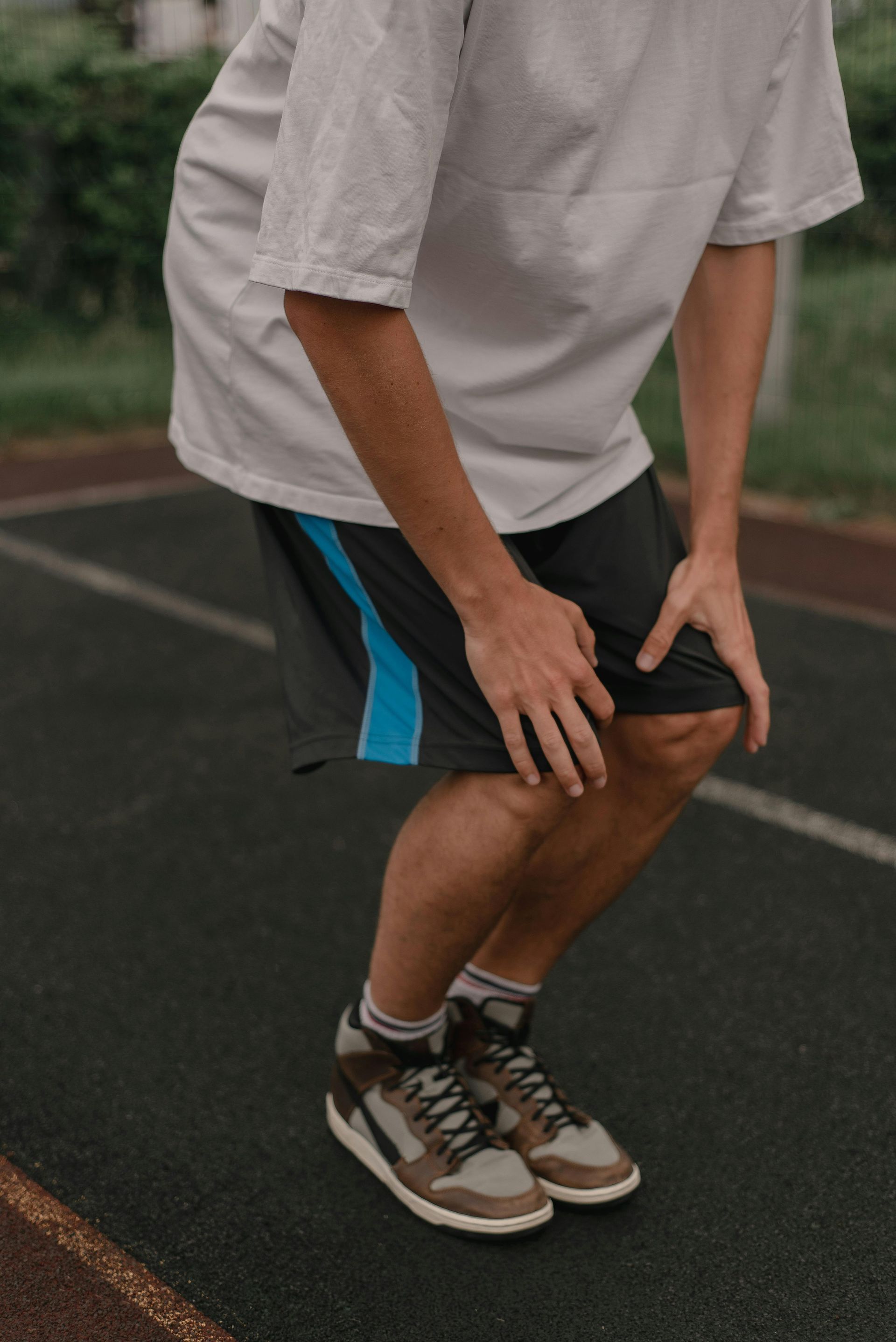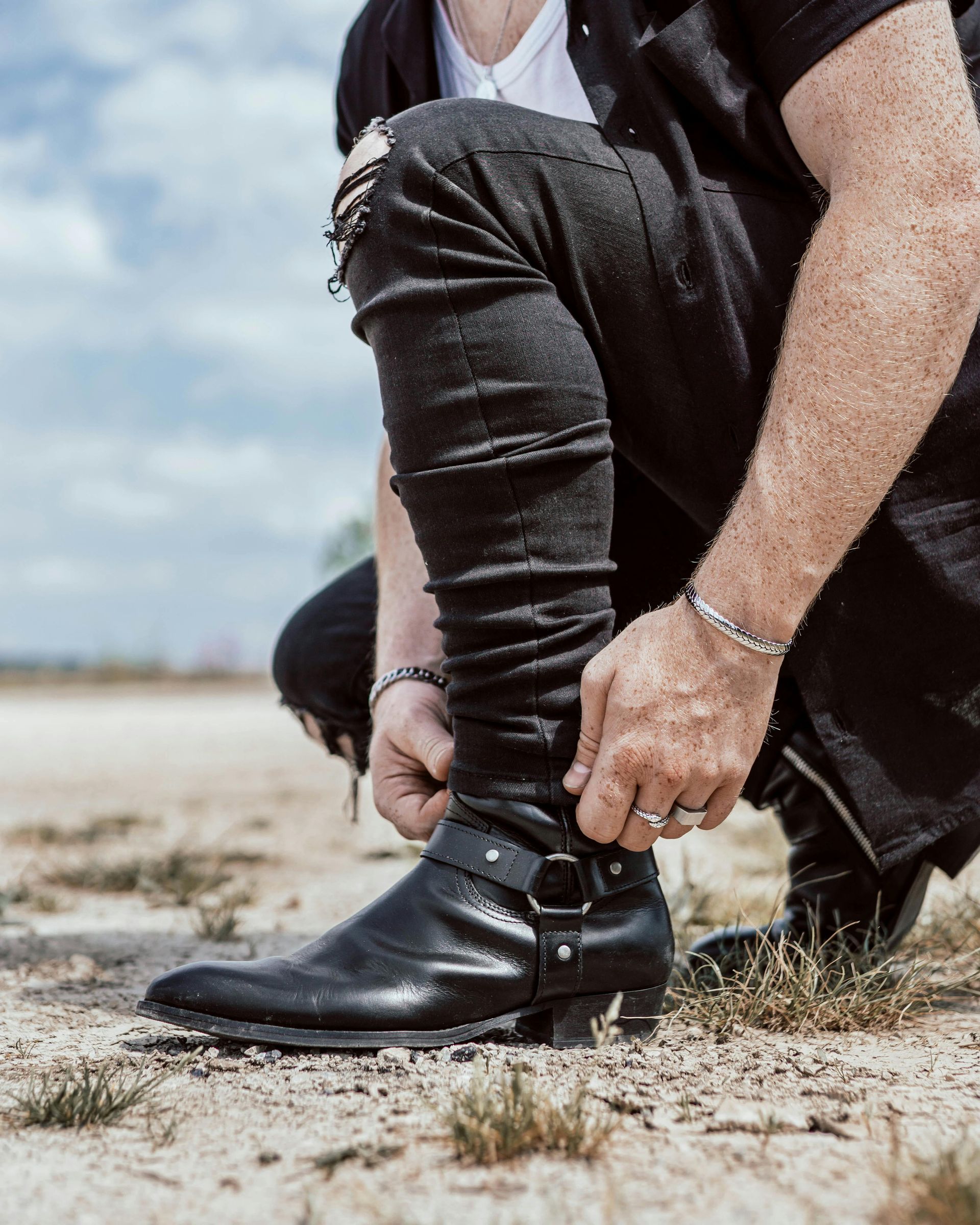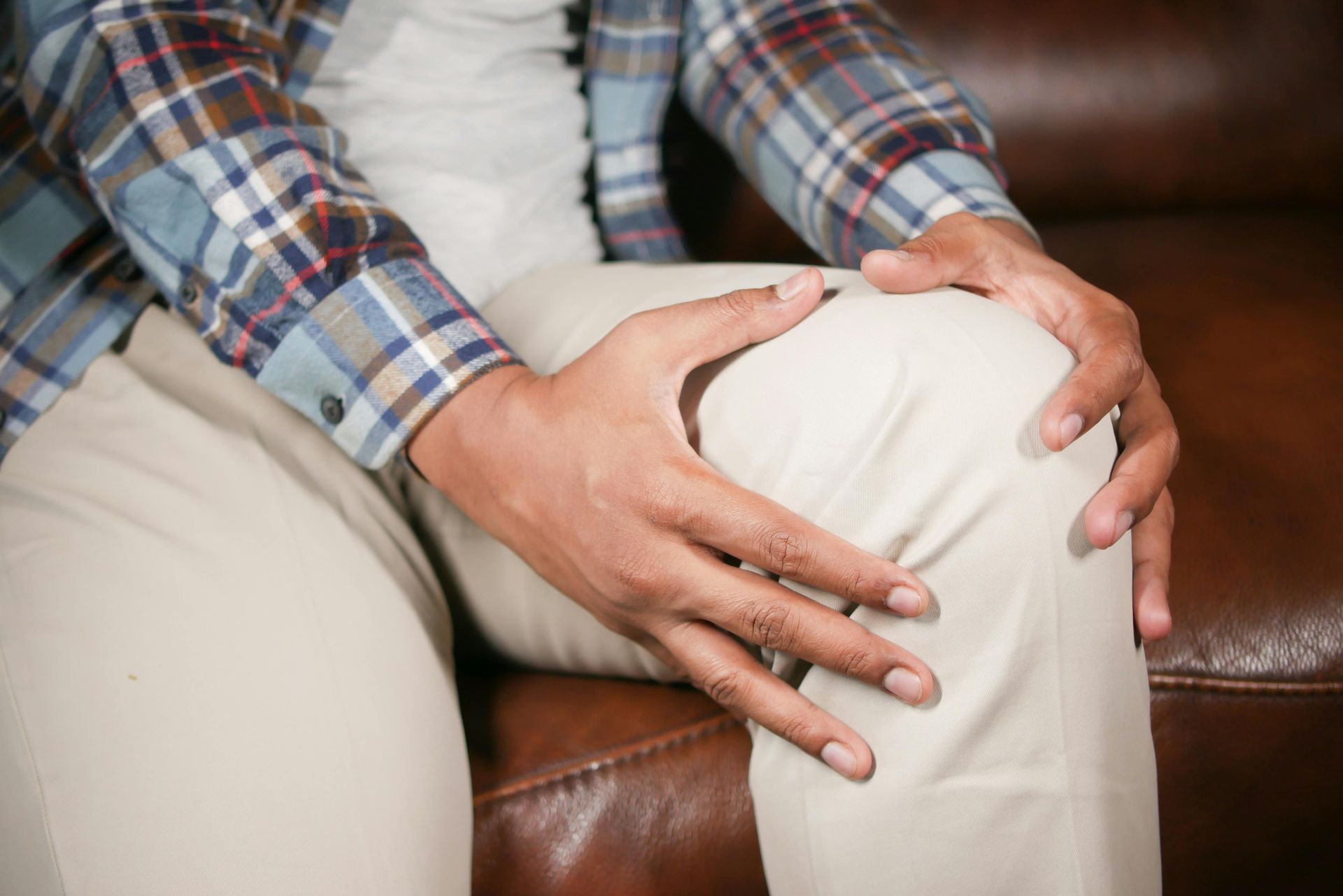Understanding ACL Injuries | Treatment, Symptoms & Causes
ACL disruption & injury
The ACL (anterior cruciate ligament) is an important ligament within the knee joint which helps maintain rotational knee stability and provides feedback to the brain concerning relative position of the knee during activity. It is a strong ligament which has attachments near the front of the tibia and toward the rear of the femur, with a “ribbon” like appearance to the naked eye. Whilst it can withstand very high loads during flexion, extension and rotation, there are occasionally situations which overwhelm its elastic limits causing the fibres to stretch and tear. When this happens, there is a momentary subluxation of the femuro-tibial joint surfaces and the ligament can no longer function normally. It sustains injury and exhibits evidence of damage (bleeding) within its fibres. There are grades of injury, from minor “bruising” within the fibres to complete disruption of attachment at either the femur or tibia. At high grades of injury, there can also be associated damage to meniscal cartilage and/or chondral cartilage, and at extreme grades sometimes also impaction fracture to the surfaces of the joint. All grades of injury will exhibit altered feedback and a various symptoms.
ACL Injury Symptoms
Symptoms of an ACL injury can range from a feeling of discomfort and minor swelling associated with a decrease in proprioceptive feedback at lower grades to extreme swelling, inability to weight-bear and inability to move the joint at higher grades. Patients with such injuries are often involved in non-contact rotational injuries and describe hearing/feeling a pop (or snap), often followed by the knee giving-way and instant pain. Swelling often occurs quickly and play is usually not able to continue. High force contact rotational injuries can also cause ACL injuries and also have a increased association of additional ligament injuries (multi-ligament).
Sports which have a relatively high association with ACL injuries (for both male and female) in the UK are football, rugby and skiing. Netball has a high association of ACL injuries for female athletes, hockey (both sexes) has a slightly lower association.
ACL Treatment
Diagnosis can often be made by an experienced practitioner who is able to carefully take the details of the injury and then diligently undertake a complete examination. Imaging (X-Rays) are often undertaken to exclude an associated fracture and MRI scans are often requested to confirm the spectrum of injury. The MRI scan findings can also help the surgeon inform the patient of expected outcomes, whether the patient opts for non-operative or operative treatment. Treatment options are tailored to the patient’s injury spectrum and their individual expectations of return to sports and activities. Non-operative treatment of ACL injuries can be as effective as operative treatment dependent on a number of factors. There is excellent evidence to show that operative treatment of ACL disruption, coupled with a comprehensive rehabilitation programme, can enable individuals to return to their previous level of sport.
If you have had such an injury and have not sought an expert opinion, please click on the link to
book an appointment with The Leeds Knee Clinic today. Start your road to recovery with confidence of an expert assessment, tailored treatment options, and 15 years of ACL expertise.
